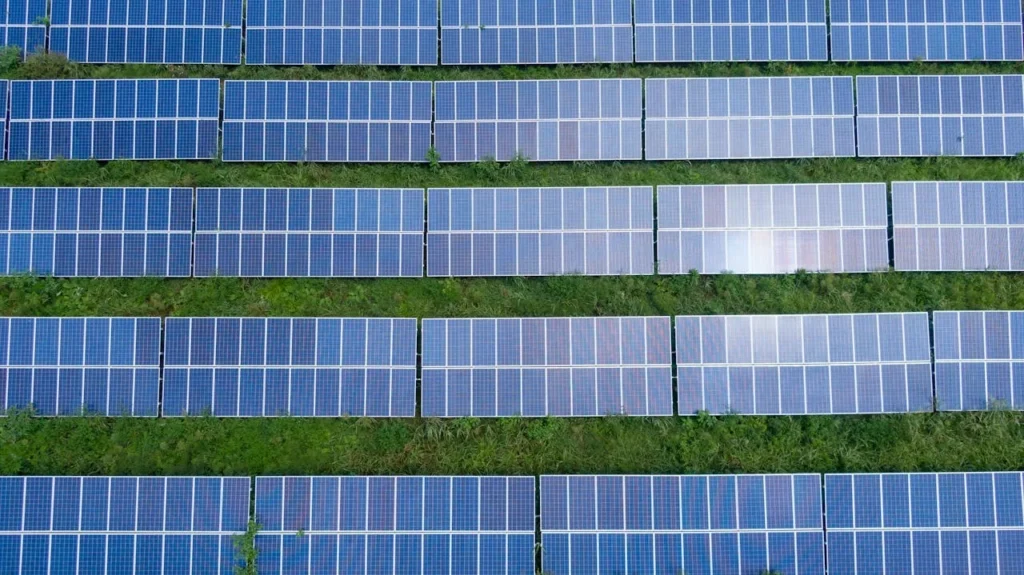Okay, horse racing might not have the biggest impact on the planet, at least not as high compared to other sports like Formula 1, but this doesn’t mean that eco-friendly practices are out of the question for Sustainable stables.
When you think about it, horse racing as a sport is producing a lot of waste, and due to the frequent traveling of both horses and teams to global races, it is polluting the planet.
Then we have water consumption and energy, which are also big factors to consider when we are talking about eco-friendliness.
This is why sustainable stables are the new trend in the sport. We are talking about stables that have wastewater management systems, are solar-powered, and manage waste disposal. This not only reduces the impact on the planet, but can also cut costs, allowing stables to become more profitable.
So, what are the most popular eco-friendly practices in business? Let’s find out.
Solar Power
Obviously, stables, particularly the ones that also have a racecourse nearby and host big events like the Kentucky Derby, consume a lot of power. In most cases, stables use electricity, which in the past couple of years has had big price fluctuations.
You might be thinking about the best way to bet on Kentucky Derby, but have you ever thought about the energy consumption of the big day with 150,000 attendants?
This is why modern stables are switching to solar power. Stables consume a lot of energy. Remember, there are lights, fans for air circulation and ventilation, water heaters, and many other things that can be added to the bill.
But this is where solar steps in, and since we are talking about stables that are usually not in the city, this means that they get a lot of sunlight in a year that can be converted to energy.
A single stable with 50 stalls might cut 20 tons of CO2 a year, which is why most of them are jumping on this trend.
Now, the biggest issue at the moment with solar panels is a considerable investment. It requires a lot of money upfront, which can be difficult for small stables. But it is a long-term investment that will pay off in the future.
This is also a win for the horses, since consistent power can keep barns cool in the summer and warm in the winter, without fossil fuel fumes.
Water Conservation
Horses drink a LOT of water! How much? Well, from 5 to 10 gallons per day, and washing them adds even more. So, running a big stable means a huge consumption of water. But there is a solution.
Sustainable stables fight waste with rainwater harvesting. Tanks at places like Newmarket in England collect runoff from barn roofs, filtering it for drinking or bathing. A 1,000-gallon system can save 30,000 gallons a year in a wet climate, as EPA estimates suggest. Low-flow hoses and trough sensors—shutting off when full—cut usage further.
Horses don’t care where water comes from, as long as it’s clean. Tracks in drought-prone spots, like Australia’s Flemington, lean on this to keep going without draining local supplies. It’s practical green—less waste, same horsepower.
Bedding and Waste
Straw or shavings pile up fast—50 pounds per stall daily—and old-school disposal meant landfills or burning. Now, eco-stables recycle. Wood pellets, made from compressed sawdust, break down faster than straw and use less timber.
After use, soiled bedding hits composting heaps—Keeneland in Kentucky turns theirs into fertilizer for trackside gardens or local farms. A big stable might churn out 10 tons of compost yearly, cutting methane emissions from rotting waste.
Horses thrive on it—pellets cushion hooves better than hard straw, and compost keeps flies down. It’s a closed loop: stall to soil, back to the land.
Feed and Forage
Shipping hay across states burns fuel—sustainable stables source local. Farms near Saratoga in New York grow their own oats and alfalfa, trimming transport emissions by up to 80%.
Some, like Ireland’s Coolmore Stud, test regenerative grazing—rotating pastures to boost soil health and carbon capture. Organic feed skips pesticides, keeping runoff clean for nearby streams.
The upside? Horses eat fresher, and owners dodge supply chain hiccups. It’s not always cheaper—local hay might cost $8 a bale versus $6 shipped—but the eco-payoff’s worth it for tracks touting green cred.
Track Surfaces
Dirt tracks kick up dust and erode; synthetic ones, like Tapeta or Polytrack, last longer and drain better. Big horse racing tracks like the Keeneland Race Course, Santa Anita Park, and Golden Gate Fields switched to synthetic in, cutting water use for maintenance by 30%. Recycled rubber or wax coatings—some from old tires—make these surfaces cushier on hooves, dropping injury rates (a 2021 Jockey Club study pegged synthetics at 1.2 injuries per 1,000 starts versus 1.9 on dirt).
Horses run safer, and the planet breathes easier, constantly tilling or trucking in new soil. It’s a pricey switch—$10 million for a big track—but the durability pays off over decades.
So, as you can see, sustainability matters in horse racing and even though we are seeing tracks that go on the eco-friendly path, there is still much work ahead of us.







